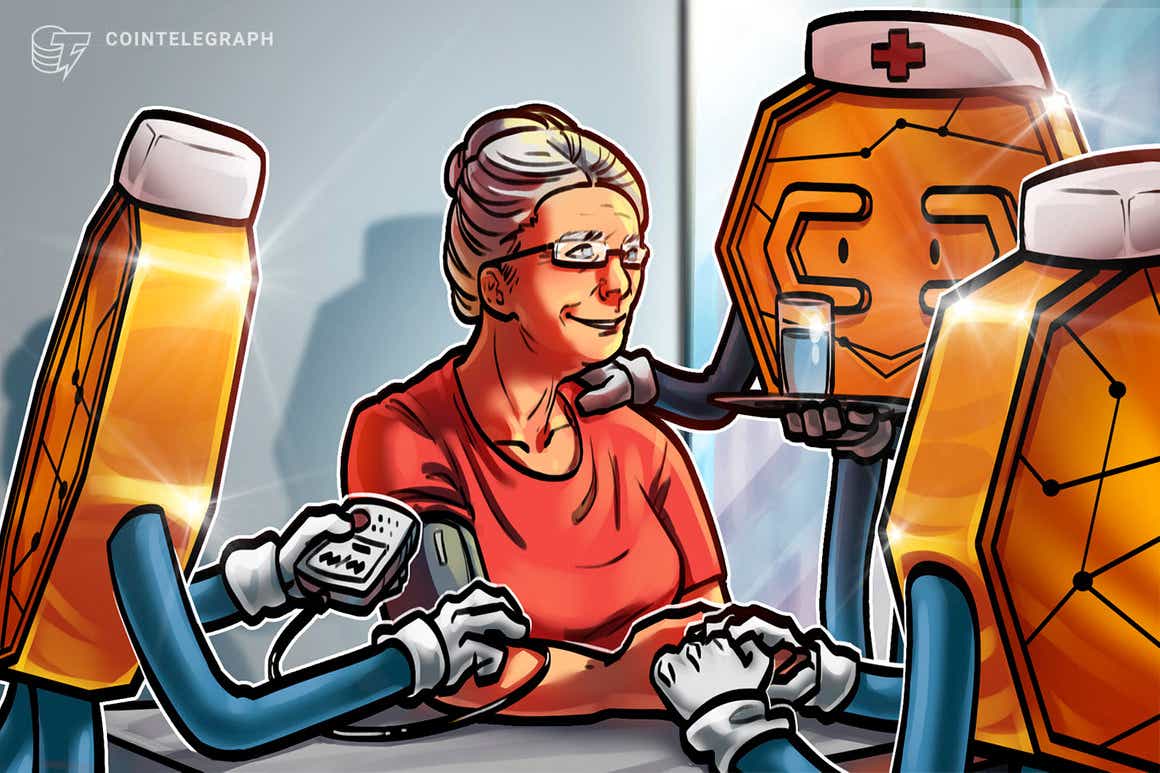The promise of a longer and healthier life has dominated both cultural and medical discourse for centuries. From the first accounts of Nicolas Flamels philosophers stone granting immortality to the latest superfood that promised to reverse aging, we are captivated by the idea of a longer and more vibrant life. Encouragingly, the longevity sector has proven that a longer and healthier lifespan isnt just a magazine headline it is an attainable reality. Humans will not only live longer but will have more active, healthy and engaged years on this Earth. Research units from all over the world are making discoveries every day. Medical advancements, fueled by intensive research and experimentation, are changing how scientists, doctors and even cultural commentators think about how long and how well we can live. We are, indeed, now in the era of longevity.
What is driving these incredible breakthroughs? Pure creativity and innovation. The advent of artificial intelligence, genetic engineering and a renewed interest in public health stemming from the COVID-19 pandemic are catalyzing discoveries at an unprecedented rate. To maximize the impact of these researchers, the future of innovation will need to be collaborative and cooperative. It will take a village to make longevity understandable and accessible to medical professionals and average individuals alike.
Related: The next generation of data-driven healthcare is here
Where the future lies
The best route forward, in my opinion, is to solicit support from true visionaries. Take, for example, the company Longenesis, which I highlighted in my previous article for Cointelegraph. Its blockchain toolkit applies the most compelling features of distributed ledger technology (DLT) to protect sensitive medical data, ensure secure data sharing between numerous partners and provide a pathway for patients to become stakeholders in medical research by contributing their data and participating in clinical trials. Longenesis could accomplish so much relatively quickly because it had money and support from the highly futuristic and accepting blockchain community. Backed by funding from its joint venture partners, Longenesis achieved its mission of creating a game-changing and blockchain-powered approach to unlocking healthcare data.
This is an increasingly common trend: the Iryo Network relied on support from blockchain professionals to create a token that empowers patients to stake their data and receive payment from research institutions in exchange for data access. The Texas-based EHRData is working toward a similar goal of decentralized data storage and management by creating an electronic health record built on blockchain that patients can control, share and submit to researchers for staked rewards. These applications were all made possible thanks to blockchain visionaries willing to fund the future of healthcare and longevity.
Early-stage funding can power startups, but it can also support even more foundational innovations by researchers. Genuinely cutting-edge innovation at the laboratory/research stage often requires significant funding for state-of-the-art equipment, materials, operating administration costs, etc., just to get started. This is a challenge for researchers from smaller institutions, as funding often goes to projects that have access to these resources and, as a result, have already advanced in their discoveries. For these cases, foundational grants can be instrumental in supporting the high upfront fees associated with researching something intended to change the world.
The longevity sector is rich with organizations looking to find and fund the next big idea, but very few organizations are willing to move beyond traditional funding models to make that happen. It is difficult to conceive that an industry with innovation embedded in its very core is lagging in terms of new funding sources, but that is a possible reality facing groundbreaking researchers and institutions.
The time for futurists and visionaries
Luckily, the innovation taking place in the digital currencies sector is spilling over into the biotech and longevity spaces. The community of visionaries who transformed the way money and investing works is here to change how humanity experiences life itself.
Back in 2018, Vitalik Buterin, the co-founder of Ethereum, donated $2.4 million in Ether (ETH) to the SENS Research Foundation, a California-based group working to research, develop and promote comprehensive solutions for aging-related diseases. Buterin has also donated $25 million in Shiba Inu (SHIB) tokens to the Future of Life Institute to fund Ph.D. fellowships focused on ethical Artificial Intelligence applications and millions to the Methuselah Foundation, an organization researching tissue engineering to reverse aging processes.
The new Longevity Science Foundation will be accepting donations in crypto to contribute to its goal of expanding the human lifespan to 120+ years. The Foundation welcomes crypto visionaries, and all donors (crypto donors both included and encouraged), will receive voting rights in the funding selection process.
VitaDAO aims to extend the human lifespan openly and democratically by researching, financing and commercializing longevity therapeutics. Its decentralized structure is similar to that of many decentralized applications (DApps) and other decentralized autonomous organizations (DAOs), building a new and exciting governance structure. Its genesis auction raised more than $5 million in funding via purchased VITA governance tokens, attracting approximately 400 new members committed to the DAOs mission.

Related: Crypto leaders are obsessed with life extension. Here’s why
The crypto visionaries that have made these accomplishments possible are future-focused collaborators who want a front seat for the cutting-edge science of longevity. They are creating a village that will make longevity care possible and accessible to all, but there is a lot of work still to be done. There is a significant overlap in the challenges of adopting longevity care and the resistance to blockchain technology and digital currency. By lengthening our lifespans, we create a future that requires the adoption of blockchain and digital currency to be successful.
Digital currencies and blockchain technology changed the way the entire world transacts and uses critical services. They are the foundational technologies for a more fair and efficient society. New applications for DLT are being developed every day, and new investors, adopters and appreciators are drawn to the industry because of its constantly evolving nature. If we can apply that same entrepreneurial spirit and can-do attitude to the longevity sector, our lives will not only be longer but more enriched, meaningful and digitally enabled.
The longevity sector is working to make sure more people live long enough to enjoy a decentralized and transparent world. To do so, the industry desperately needs the brainpower and experience of the innovators who turned a single white paper into a global and unstoppable movement of transparency and equality. This feat was successful once, lets make it happen again.
The views, thoughts and opinions expressed here are the authors alone and do not necessarily reflect or represent the views and opinions of Cointelegraph.
Garri Zmudze is a managing partner at LongeVC, a Switzerland and Cyprus-based venture capital firm accelerating innovative startups in biotech and longevity. He is a seasoned business expert and angel investor with several successful exits across biotech and tech companies. He is a long-time supporter and investor in biotech companies including Insilico Medicine, Deep Longevity and Basepaws.
Authors note: Longenesis is a portfolio company of our longevity-focused VC firm, LongeVC.




